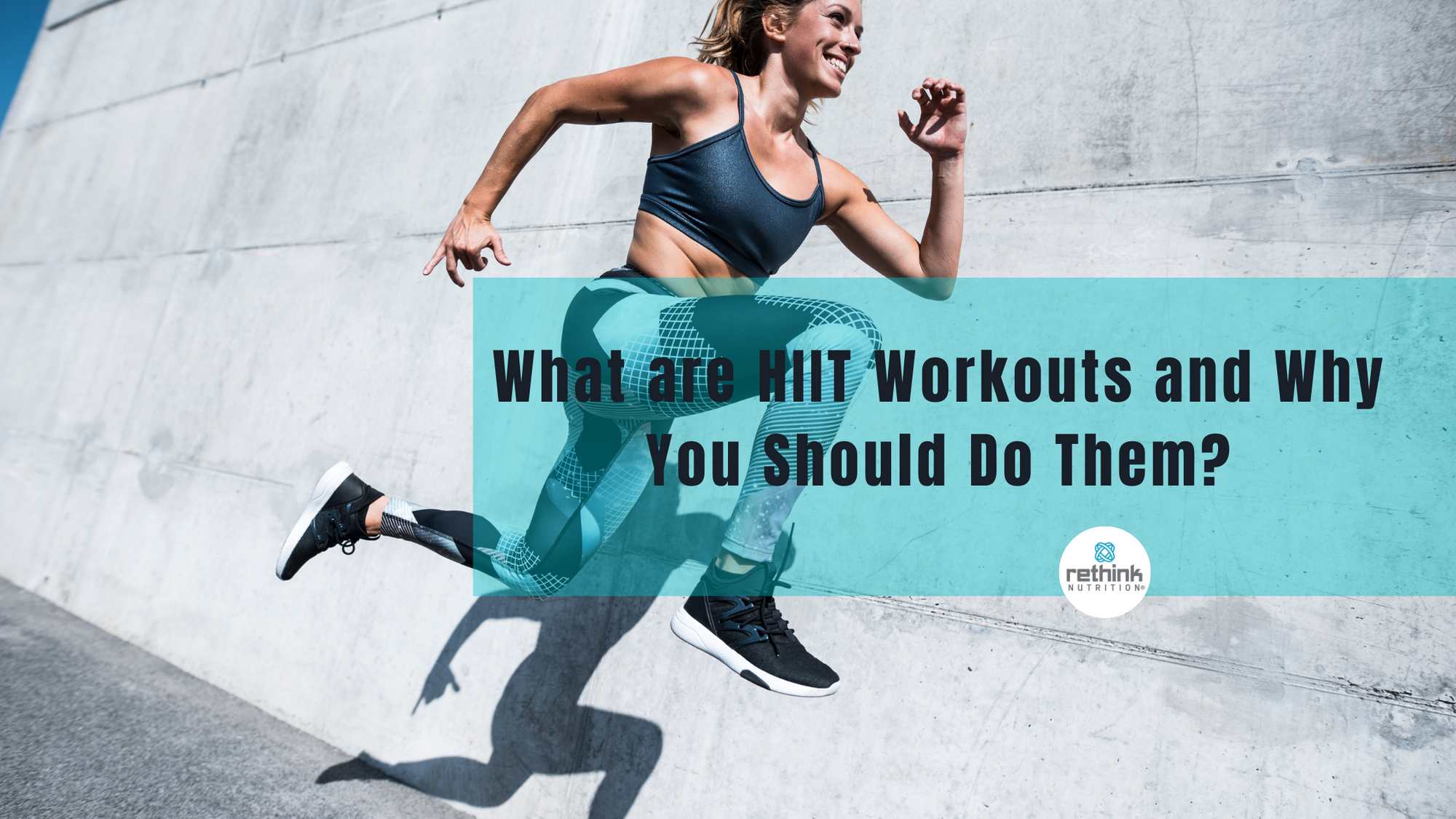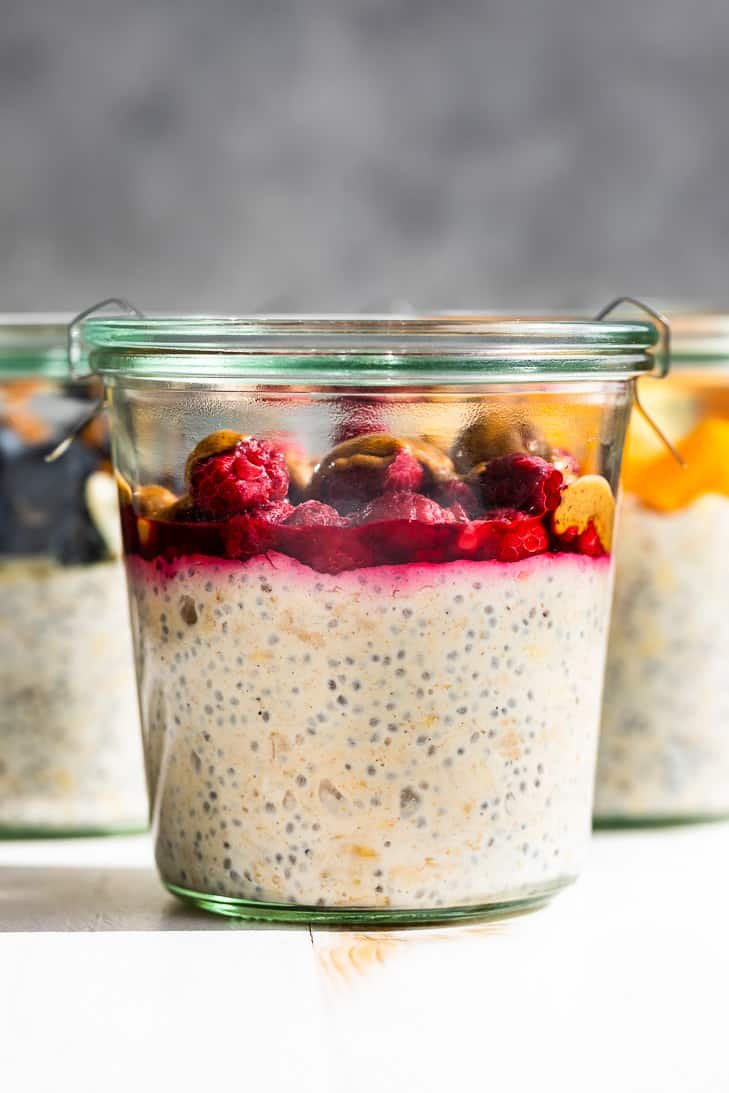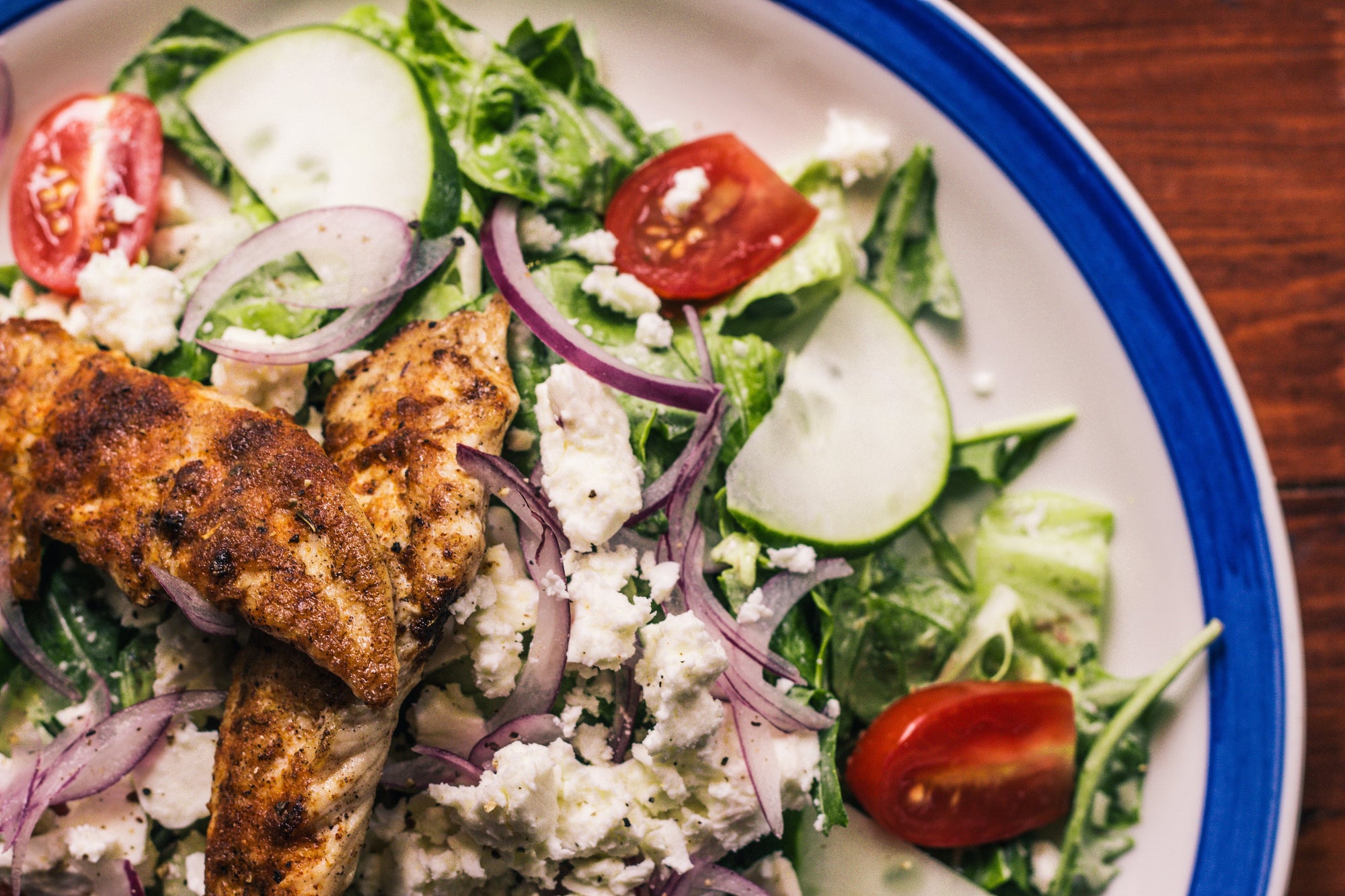While you may have heard the term HIIT (pronounced like "hit" a baseball) tossed about in the gym or on your favorite workout app, it's okay if you're still wondering "what does HIIT stand for?"
High-intensity interval training (or HIIT — p.s., many people say "HIIT training," although that adds an unneeded second "training" to the term). Okay, so what exactly is a HIIT workout? It's any workout that alternates between intense bursts of exertion and fixed periods of moderate activity or even complete rest.
For example, a suitable HIIT workout for beginners would be to run as fast as you can for 1 minute and then stroll for 2 minutes. Rep the three-minute interval five times for a 15-minute fat-burning workout. It may appear that the workout technique is too easy to be successful, but science reveals that it is. Read on to learn about some of the incredible benefits of completing high-intensity interval training.
Why is HIIT so beneficial to your health?
- High-intensity interval training (HIIT) is an efficient fat-burning exercise.
You may already be aware that aerobic exercises are helpful at mobilizing fat. When it comes to burning stubborn fat, HIIT is the ideal exercise to do because it is a pumped-up and aggressive form of cardio. The intensity of the exercise causes an increase in fat oxidation as well as an increase in post-exercise oxygen demand, which occurs when your body recovers from its oxygen-depleted state during the HIIT exercise. Adipose tissues are broken down and transformed into the fuel during this stage.
- High-intensity interval training (HIIT) helps you control your hunger.
If you're prone to overeating, HIIT will help you control your appetite. The intensity of HIIT induces a drop in ghrelin — an appetite-regulating hormone – which lessens your hunger. At the same time, HIIT briefly raises your blood sugar and lactate levels, which suppresses your appetite.
- High-intensity interval training (HIIT) improves the quantity of oxygen your body can absorb in a minute.
This rate is known as VO2max, a term that is frequently used in the context of HIIT. VO2max is significant since it influences your athletic performance's physical capacity. Your body will be able to perform better in aerobic exercises if you have a greater VO2max. A higher VO2max not only improves athletic performance, but also improves our overall health.
VO2max is strongly linked to the health of our telomeres, which are DNA components that regulate the aging of our cells. Healthy telomeres indicate younger cells and a lower risk of cancer.
- High-intensity interval training (HIIT) modulates blood glucose levels.
People with pre-diabetes or type 2 diabetes can benefit greatly from HIIT because the sport boosts glucose metabolism and insulin sensitivity, assisting in the regulation of blood glucose levels.
- High-intensity interval training (HIIT) is a more efficient kind of cardio exercise.
Because it is considerably more time-efficient, HIIT makes it easier to complete the required number of cardio hours. In fact, one hour of HIIT is equivalent to four hours of traditional endurance exercise!
Getting Started with High-Intensity Interval Training
To begin, it is critical to understand that HIIT is all about functioning at your peak potential for a short period of time and then taking a short respite. You can structure your workout to rest ratio in a variety of ways. Some people like a 1:1 workout to rest ratio, although a 1:2 or 1:3 ratio works just as well. The rest duration is determined by your present fitness level; if you don't exercise often, a longer rest period would be preferable. There are numerous ways to plan your workout, but here are a few of the most prevalent.
- Circuit
Circuit workouts are fantastic for training many muscles because you will be rotating between different stations. In-circuit, you will spend 30 seconds to one minute at each station before moving on to the next. The rest timing is the time it takes to recuperate, move, and acclimate to the new station.
- The pyramid
The pyramid is similar to the circuit in construction, however, the difference is in the number of repetitions at each station. The number of repeats in circuits, for example, is fixed, whereas, in pyramids, you can choose to step up or step down the number of repetitions.
- Play as many rounds as you can.
This form of workout is easy yet intense — all you have to do is set a timer and then keep going until the timer goes off. There are no "goals" to achieve, and all you have to do is your best.
- Every minute, every minute, every minute, every minute, every minute, every minute (EMOM)
Your training is divided into one-minute intervals in this one. You must accomplish a particular number of reps of certain exercises at each interval. Your rest time is the time remaining until the minute is up. When the minute is up, you begin a new minute and work to complete your reps again.
Feeling out of breath simply reading about the ferocity? You may be relieved to learn that HIIT does not have to be done every day. You only need two or three solid sessions per week to get started. Rest days are essential — at the very least, you should have a 24-hour break between HIIT exercises to allow your body to recover. Skipping a rest day might result in overuse injuries and mental/physical fatigue, which may cause you to stop exercising for a while, so remember to prioritize your rest days.
How to Perform HIIT Correctly
In terms of risks, the physically demanding nature of HIIT makes it a type of training that carries an inherent risk of damage. This is why it's critical to execute HIIT correctly — here are some tips for nailing your HIIT workout while keeping injury-free.
- Monitor your heart rate.
When it comes to HIIT, overworking yourself is an issue, and checking your heart rate is a smart approach to ensure you're not overworking your body. When it comes to HIIT, a heart rate monitor (or a fitness wearable with such a feature) is a worthwhile investment because it allows you to determine what percentage of your maximum heart rate your heart is working at.
With HIIT, aim for 75-90bpm (beats per minute) and be cautious when you reach the top limit. Individuals' optimum heart rate objectives differ, and you should do an individual examination to determine your ideal rates.
- Preparation
Warm-ups are essential for any exercise, but they are especially important for HIIT due to its intensity. A decent HIIT warm-up includes some low-intensity aerobic exercise, such as a moderate jog, followed by some dynamic stretches to prepare your muscles.
- Pay attention to your form.
HIIT is all about pushing yourself even when your body is giving up - this can be detrimental to your form if you're not attentive. Continuing with your repetitions in poor form can result in injuries, thus it's critical to examine your form when doing HIIT. If a specified exercise proves to be too difficult for you to consistently perform properly, swap it out or lessen the amount of repetitions.
- Rehydrate and refuel
Before an HIIT exercise, as with any physical activity, make sure you're well-hydrated. When it comes to diet, HIIT is one activity that you should never do on an empty stomach. Because HIIT requires a lot of stored energy in your body, it may be a good idea to eat a carbohydrate-rich meal a few hours before working out. Whole meal bread and bananas are excellent HIIT exercise meals.
- Have a robust recovery strategy in place.
There are two approaches to "performing" a rest day: active recovery (low-intensity workouts like swimming and cycling) or passive recovery (just relaxing). An effective recovery strategy includes both active and passive recuperation. Active recovery workouts can be divided into groups to aid in the recovery of various muscles prior to the following HIIT activity.
Takeaways
HIIT workouts aren't something you can do while reading a magazine or chatting with a buddy - and that's part of the plan. You'll be working hard the entire time because it's so short. The trade-off is that this format provides seasoned exercisers with a fresh challenge while providing new exercisers with a speedy means to show results – an advantage of high-intensity interval training that other workouts simply do not provide. HIIT may leave you gasping for air, but it will not leave you bored.
Questions and Answers
-
Is HIIT good for losing weight?
Yes, HIIT (High-Intensity Interval Training) can be a very effective way to lose weight. HIIT involves alternating periods of intense exercise with periods of rest or low-intensity activity, and research suggests that this type of training can help burn more calories and fat than traditional steady-state cardio.
-
What are the pros and cons of HIIT?
Pros:
- HIIT can be very time-efficient, as workouts can be completed in as little as 15-20 minutes.
- HIIT can help improve cardiovascular fitness, strength, and endurance.
- HIIT can be adapted to suit a range of fitness levels and goals.
- HIIT can continue to burn calories even after the workout is over, due to the "afterburn effect".
Cons:
- HIIT can be very challenging and may not be suitable for everyone, especially those with certain medical conditions or injuries.
- HIIT can place a lot of stress on the body, particularly the joints and muscles, if not performed correctly or with proper warm-up and cool-down.
- HIIT may not be the best choice for those looking to improve specific skills or sports performance, as it focuses more on overall fitness and conditioning.
-
Is HIIT better than cardio?
It depends on what you mean by "cardio". HIIT is a type of cardiovascular exercise that can be more effective than traditional steady-state cardio for weight loss and overall fitness, due to its ability to burn more calories and fat in a shorter amount of time. However, other forms of cardio such as cycling, running, or swimming can still be effective for improving cardiovascular fitness and endurance. The best choice of exercise will depend on your personal goals, preferences, and fitness level.




